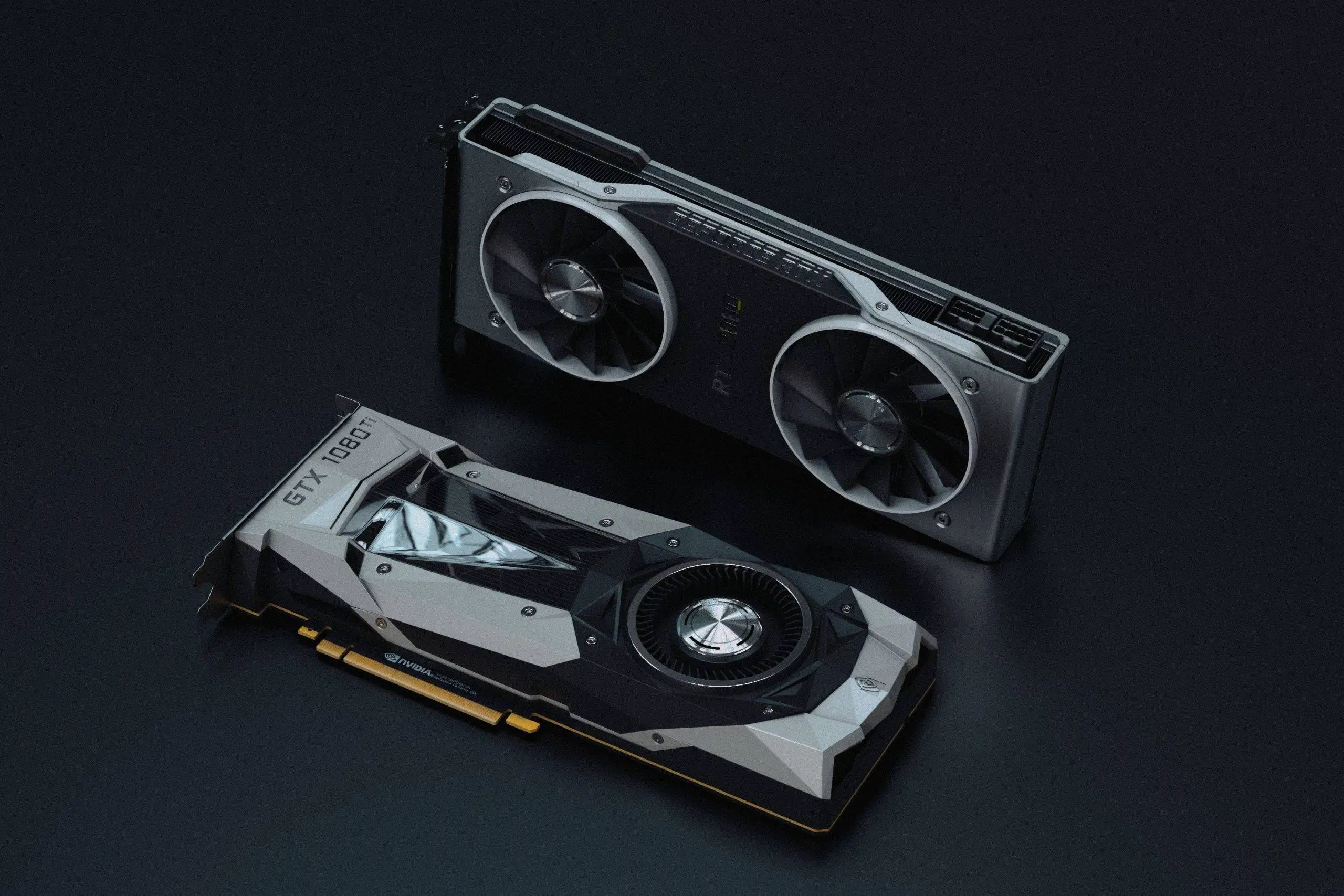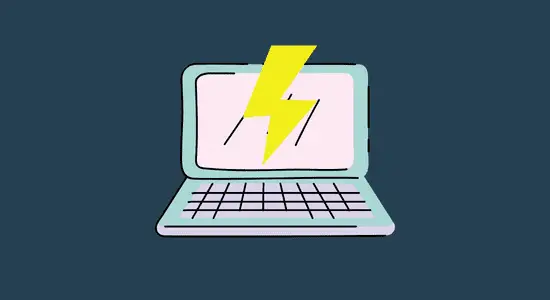Updating graphic card driver is an important part of maintaining your computer. In this article, we will show you how to update graphic card drivers in Windows 10, 8, and 7. We will use the intel, Nvidia and AMD drivers to illustrate these steps, but the process is similar for ATI/AMD, Intel and others. If you are using Nvidia, AMD or ATI video card, we recommend updating your drivers to the latest available version from the manufacturer’s website. Drivers for Nvidia, AMD and ATI (ATI/AMD) graphics cards can be found on the manufacturer’s website. Note: If you are using an Intel HD video card or other video card type, this article will cover updating your graphics card drivers.
How to find your graphics card driver version
One of the easiest ways to find it is by going to the computer manufacturer official website or looking for the product name and number. For example, if you have an HP Pavilion dv6-3275ca laptop, the driver might be called “HP Pavilion dv6-3275ca Graphics Driver.” The easiest way to find it is by going to https://support.hp.com/us-en and typing in the computer model number. You can find the model number on the top-left of your computer, or in the product name. After finding the right software, you can download on to your computer.
How to download and install a new graphic card driver in Windows 10, 11, 8, and 7.

Go to your computer manufacturer official website and search for your graphic card model name, make sure you have selected the right version; otherwise, your computer will not work properly after installation. If you do not know the brand and model name of the computer, then go to start menu > Run > type in: dxdiag and enter, you will see dxdiag diagnostic tool dialog and your computer brand and model will be shown.
After locating your video card drivers, here’s steps on how to update graphic card drivers:
Step 1: Download your driver from manufacturer website and save it to your pc.
Step 2: Run the downloaded file After you have finished downloading your driver, double click or right-click on the file and open.
Step 3: Choose whether to extract and run the downloaded file Click “Extract here” to extract the files.
Step 4: Follow installation instructions to Install the driver once you have finished extracting the files.
Step 5: Restart your device After installing the driver successfully, restart the computer to apply the changes.
How to check if your graphic driver is up to date:
 Graphic driver is important for handling images and videos on computers. Checking that it is up to date is an easy way to ensure you have the best possible experience while using your computer.
Graphic driver is important for handling images and videos on computers. Checking that it is up to date is an easy way to ensure you have the best possible experience while using your computer.
Here’s on how to update graphic card drivers through Device manager:
You can check the status of your graphics driver from the Device Manager. To do this, open Device Manager by clicking on start> control panel> device manager. Click on Display adapters or other devices with graphics controllers for each device installed on your computer. If you see a version number that is older than the latest driver version listed, update your graphics driver from there to the latest version if it’s not up to date and restart computer.
How to roll back a graphic driver update?
 If you experience problems after installing a new graphics driver, you can roll back to the previous version, there are a few different ways to do it. The simplest way is to uninstall the driver completely and then install the previous version that you were using. Another option is to go into the driver’s control panel and select “Roll Back Driver” from the list of options. This will restore the computer to the previous version.
If you experience problems after installing a new graphics driver, you can roll back to the previous version, there are a few different ways to do it. The simplest way is to uninstall the driver completely and then install the previous version that you were using. Another option is to go into the driver’s control panel and select “Roll Back Driver” from the list of options. This will restore the computer to the previous version.
Follow these steps to roll back:
- Type Device Manager into the search box or start menu, then open the Device Manager app.
- Scroll down until you find Display Adapters and click the corresponding arrow on the side.
- Choose Intel, NVIDIA or the name of your video card device, and right-click on its property’s menu.
- In the Properties panel, select the Driver tab. There, you will see a list of options, including Roll Back Driver, click on it to return to the previous driver.
- Select an available reason for why you would like to roll back (you can choose anything from “No drivers have changed” to “A driver update has occurred”). If the option in question is valid, press
- Yes, as the condition of rolling back to old drivers and remember to restart your pc for changes to take effect.
How to automatically upgrade your graphic driver

Upgrading graphic card software manually can be a complicated process, requiring users to go through different steps and sometimes dealing with errors. Automatic driver updates can help ensure that your graphic hardware is up to date and operating at its best. There are several different ways to automatically update your graphics drivers, and each has its own benefits and drawbacks.
Here are a few tips on how to update graphic card drivers automatically:
1. Use a software driver update tool. These tools will scan your computer for outdated drivers and offer to update them for you.
2. Go to settings > update and security > Windows Update and check for updates. If there are any updates available, click on the “Install now” button.
3. Follow the onscreen instructions to install your drivers.
Why should you upgrade your graphic card software?
Video card is one of the most important components of a PC and should be upgraded as needed to ensure optimal performance.
Here are four reasons why you should upgrade your graphic card software:
1. Improves performance: Upgrading your graphics card drivers can improve graphics performance by fixing outdated or broken software, and by providing more recent and optimized versions of the graphics drivers.
2. Improves video quality and color reproduction with a newer update, you will experience higher-quality images, sharper text, and more vibrant colors.
3. Improves video playback, applications and games A newer software update can improve video playback, quality and stability of streaming videos and music. The latest drivers also improve the performance of certain applications such as Adobe Photoshop, Adobe After Effects, or any other application that uses Direct3D for accelerated rendering.
4. Improves power efficiency: Update can improve the performance of the digital graphics adapter and improve the power efficiency when working with 3D applications.
Conclusion
That’s end on how to update graphic card drivers. However, updating your graphic card driver is an important process that can improve your gaming experience and fix any issues you may be experiencing with your current drivers. If you are using Win 10, 8, or 7, make sure to follow the steps in this article to update your drivers as soon as possible. If you feel you can’t do it, then kindly let a professional computer technician to do it for you. Thanks for reading the article.












